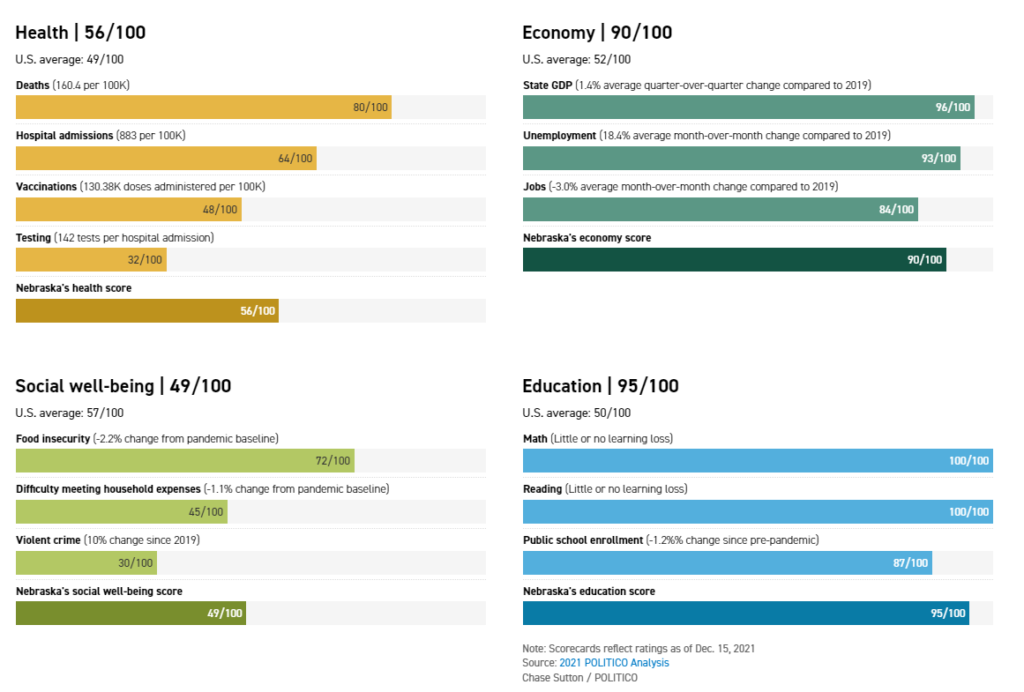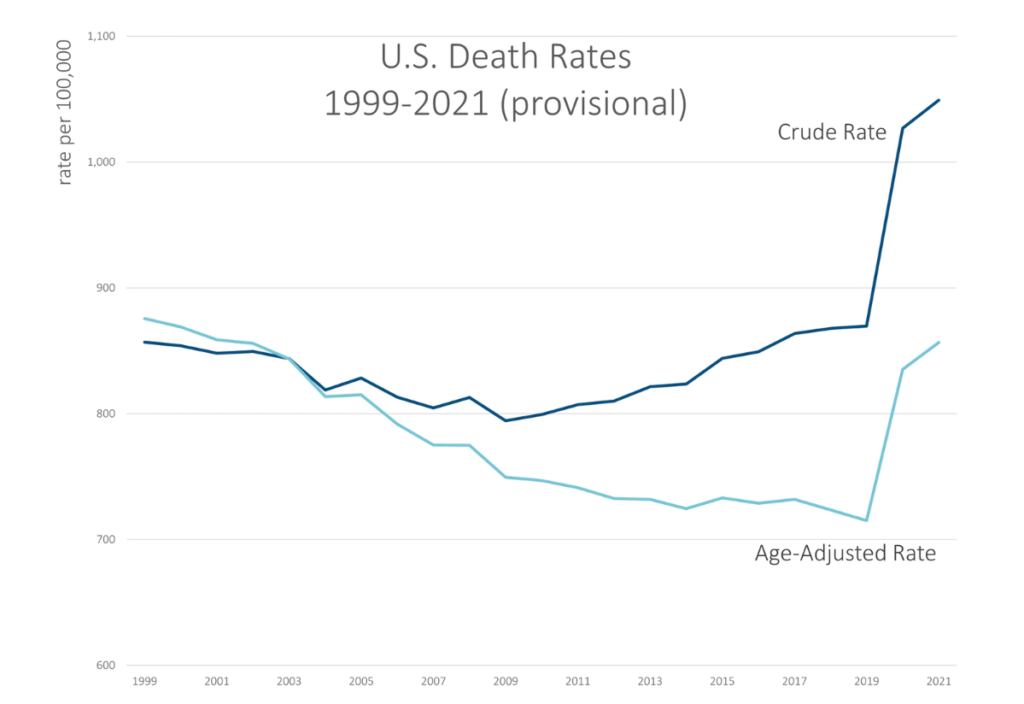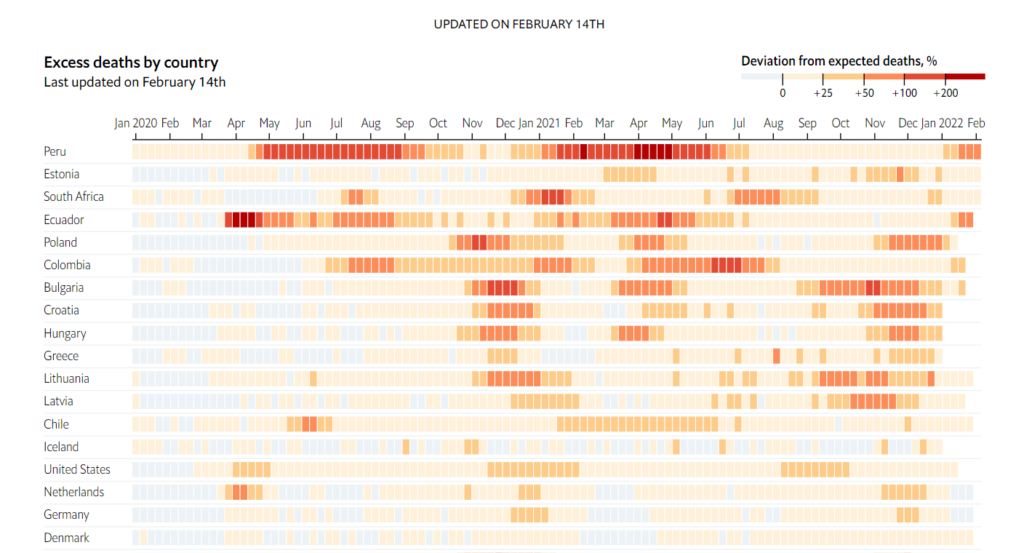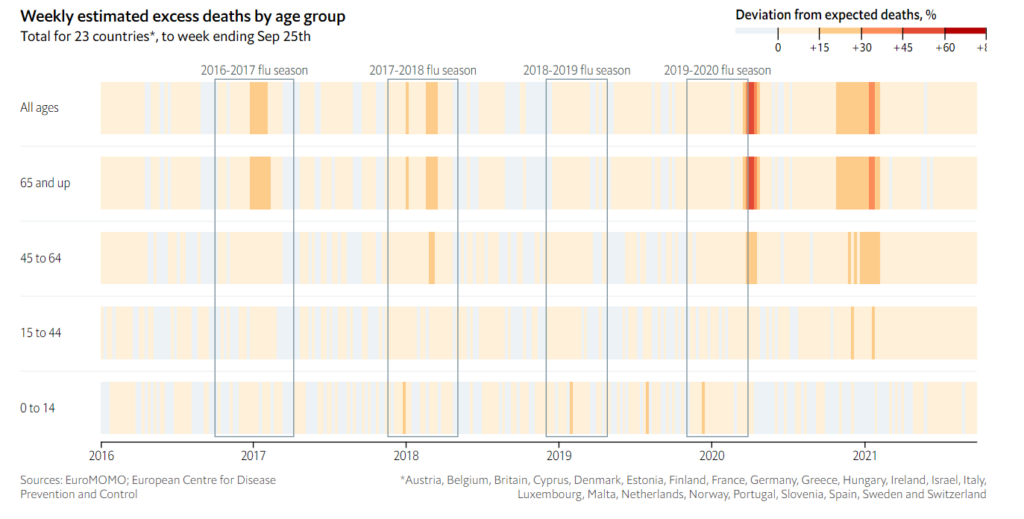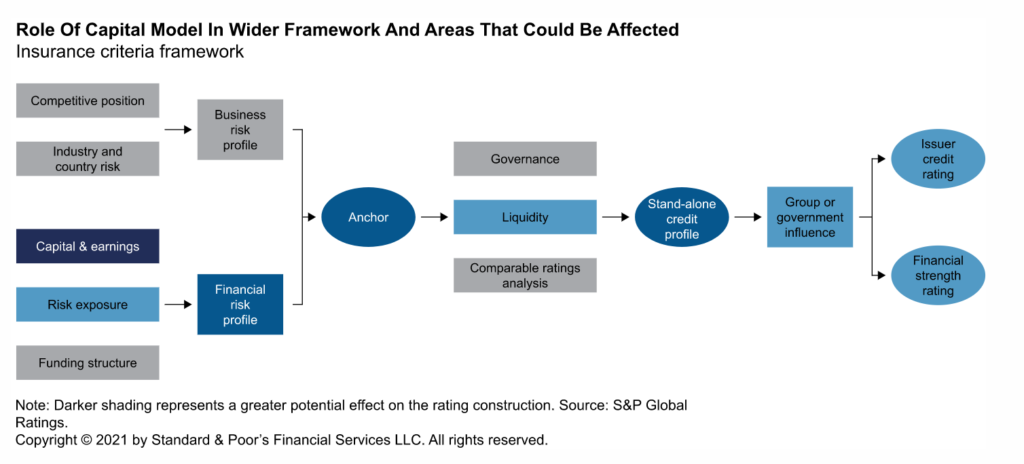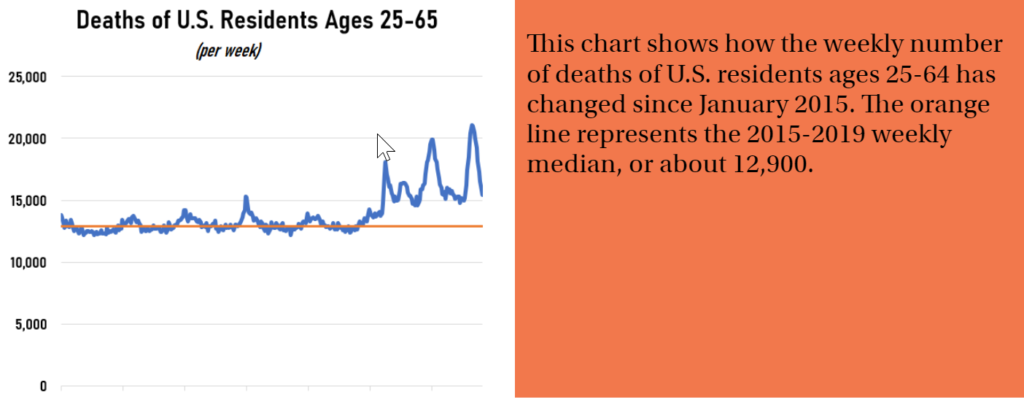Link: https://www.soa.org/sections/reinsurance/reinsurance-newsletter/2022/april/rsn-2022-04-gambhir/
Graphic:
Excerpt:
Growing popularity in no-medical-exam life insurance products has had one expected outcome: More life insurance policies with accelerated underwriting options available in the marketplace. For example, Policygenius offered just three accelerated underwriting options in 2020. In 2021, that number more than doubled to seven, and more options will likely be available in 2022.
Additionally, while such policies had historically only been available to applicants who were young and in good health, the competitive market has prompted more widespread availability. Now, applicants across all health classes can get no-medical-exam policies.
While no-medical-exam policies tend to be about the same cost as fully underwritten policies, applicants tend to favor them even when they are more expensive due to the convenience and expedited turnaround time.
Author(s): Nupur Gambhir
Publication Date: April 2022
Publication Site: Reinsurance News, SOA
